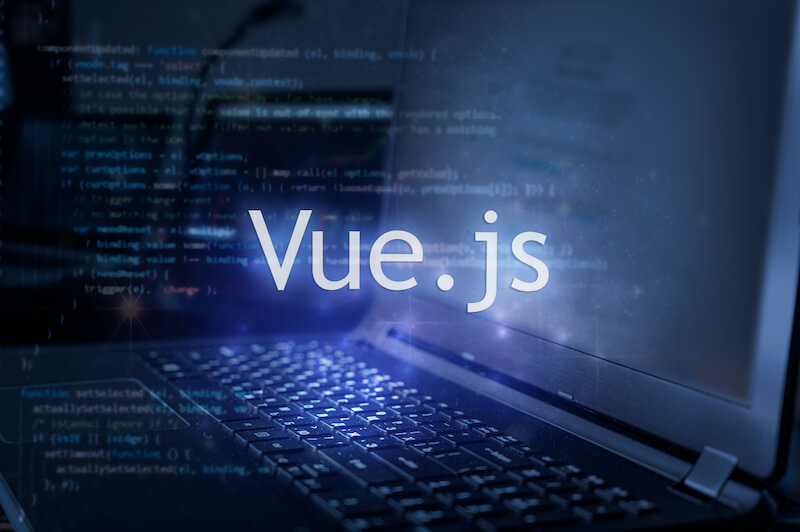Pulse of Information
Your source for the latest insights and updates.
Vue.js: The Framework That Went Viral in Development Circles
Discover why Vue.js is the go-to framework that's taking the development world by storm. Join the revolution today!
Why Vue.js Became the Go-To Framework for Modern Web Development
Vue.js has rapidly emerged as the go-to framework for modern web development, gaining traction among developers for its simplicity, flexibility, and performance. Initially released in 2014, Vue.js introduced a progressive architecture that allows developers to incrementally adopt the framework for different parts of their applications. Its core features, such as a reactive data-binding system and a component-based architecture, empower developers to create interactive user interfaces with minimal effort. This ease of use, combined with a gentle learning curve, has attracted both newcomers and seasoned professionals alike to harness the power of Vue.js.
One of the defining aspects that sets Vue.js apart from other frameworks is its comprehensive ecosystem and robust tooling. With the support of tools like Vue Router for navigation and Vuex for state management, developers can build complex single-page applications with confidence. Furthermore, the framework boasts extensive community support and a vast array of plugins, making it highly adaptable for a variety of projects. As a result, Vue.js has solidified its position as a top choice for modern web development, catering to the diverse needs of developers and organizations striving to deliver exceptional user experiences.

Top 5 Reasons Developers Are Choosing Vue.js Over Other Frameworks
In recent years, Vue.js has emerged as a popular choice among developers, often outpacing other frameworks like React and Angular. The first reason behind this trend is its ease of integration. Vue.js can be easily integrated into existing projects, allowing teams to gradually adopt it without the need for a complete overhaul. This flexibility enables developers to enhance user interfaces incrementally, making it an ideal choice for both small and large-scale applications.
Another compelling reason developers opt for Vue.js is its performance efficiency. Vue’s virtual DOM implementation ensures that updates to the user interface are handled quickly and smoothly, significantly improving load times and responsiveness. This efficiency is crucial for enhancing user experience, which is a top priority for developers and businesses alike. Additionally, Vue.js provides a comprehensive documentation that facilitates a smooth learning curve, further solidifying its position in the competitive landscape of front-end frameworks.
How to Get Started with Vue.js: A Beginner's Guide
Getting started with Vue.js can initially seem overwhelming, but with the right guidance, you can become proficient quickly. To begin, it’s essential to understand that Vue.js is a progressive JavaScript framework used for building user interfaces. You can add it to existing projects seamlessly, which makes it a great choice for beginners. Start by setting up your development environment: ensure you have Node.js installed, as it will allow you to manage packages easily using npm (Node Package Manager). Once your environment is ready, you can create your first Vue.js project using the Vue CLI or by including the Vue library directly in your HTML file.
Next, familiarize yourself with the core concepts of Vue.js. Begin with the Vue Instance, which is the root of your Vue application. Understand how to declare data properties and create methods to handle user interactions. It’s also crucial to learn about the template syntax, which lets you showcase your data dynamically. For a structured learning path, consider following these steps:
- Read the official Vue.js documentation.
- Experiment with creating components, as they are the building blocks of any Vue application.
- Practice using directives like
v-ifandv-forfor conditional rendering and lists.
With these foundational elements in place, you’ll be well on your way to becoming proficient in using Vue.js!